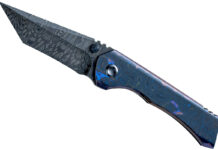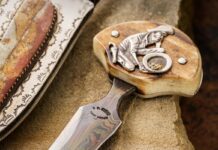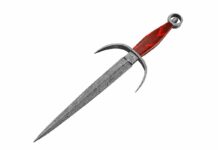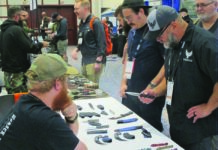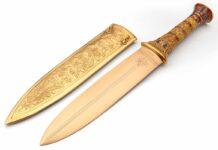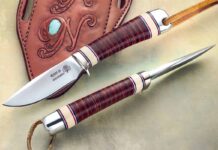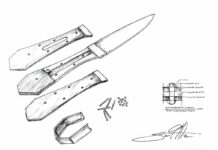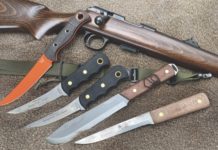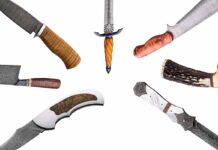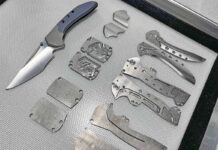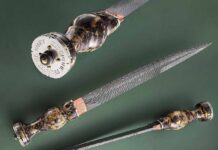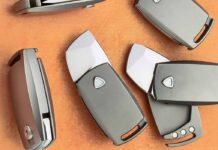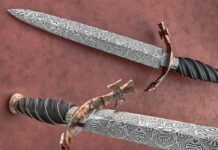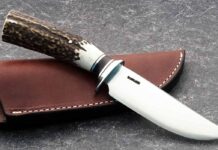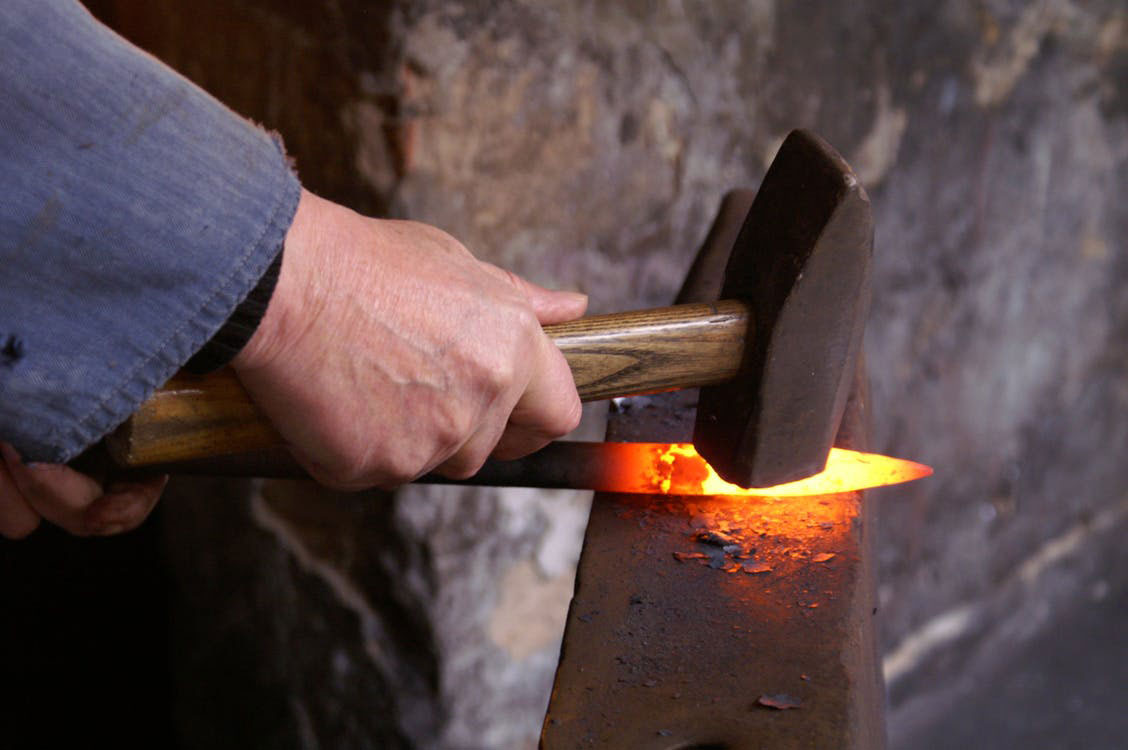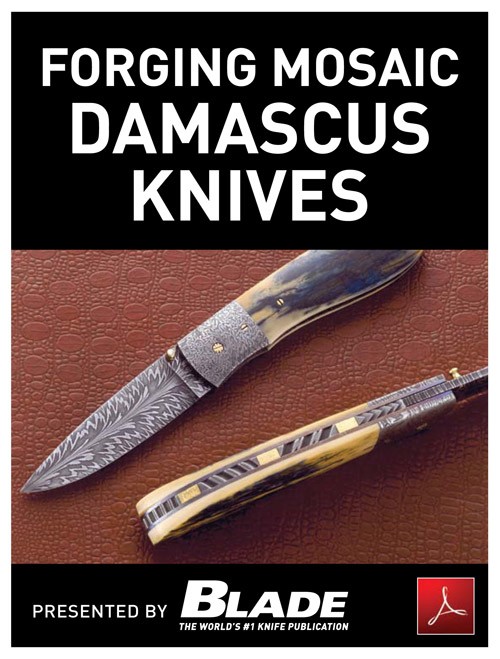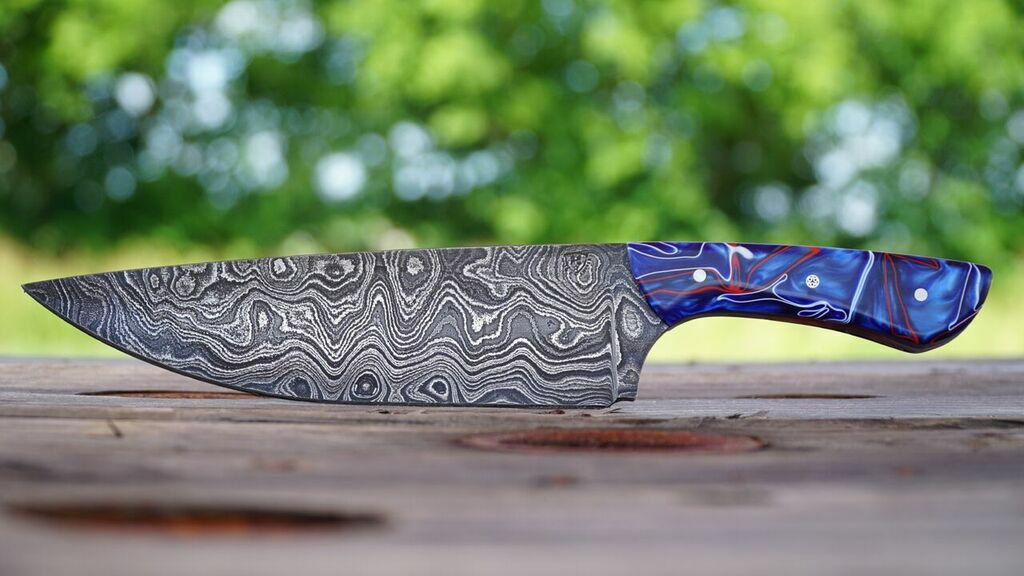Cool Custom: Brian Brown’s Taka v2s
Not one of his everyday builds, the Taka v2s by Brian Brown features a notable blade, handle and lock.
Cool Custom: Ray Rybar’s Prospector Push Dagger Strikes It Rich
Sourced from Geronimo country Rybar's Prospector dagger and bolo combo prove pure gold.
Custom Dagger: Double-Edged Gems That Get To The Point
These classic custom daggers dare the steal the show.
2024 Knife Buying Trends: Collectors Tighten Up Their Wallets
After smashing years in the post-pandemic, buyers have tightened their belts. See how this knife buying trend will affect 2024.
2024 Knife Trends: Watchwords For The Coming Year
Chris Quinn of GP Knives gives his view of knife trends for the upcoming calendar year. See what 2024 has in store for the knife industry.
King Tut Dagger: The Rare Chance To Hold The Legend
A chance phone call out of the blue leads to the author's opportunity to see and hold the iconic Warenski King Tut Dagger.
Cool Custom: John Dennehy’s Model 1 Alpine
John Dennehy carries on a family tradition with a Model Alpine 1 for Kristi Noem.
South Dakota Gov. Kristi Noem and her leadership skills have...
Parts Of A Knife: Crash Course In Knife Anatomy 101
Looking to learn the proper names for everything on a knife? We have you covered as we go over the parts of a knife you need to know.
The Best Boning Knives
Editor’s note: The author (Josh Wayner) spent the better part of five years working in a high-end specialty butcher shop in coastal west Michigan....
Knife Handles: Gripping Use Of Natural Materials
These beauties look as good to the eye as they feel in the hand.
M.A.C.K.: What Are Machine Assisted Custom Knives?
Learn what the latest BLADE Show custom knife award is all about
Cool Custom: Derick Kemper’s Scottish Dirk
A bonnie blade to be sure, Kemper makes a statement with his Scottish dirk.
Cool Customs: Darriel Caston’s Impish Split Handle
Barry Wood’s split-handle folder inspires Darriel Caston’s clever keychain knife.
Spectacles In Steel: A Look At Definitive Damascus Patterns
Modern makers’ takes on this age-old steel art.
What Defines The Best Custom Hunting Knives?
Want a top-notch option to take on you next backwoods adventure here's what to look for in a custom hunting knife... and some sharp examples.


